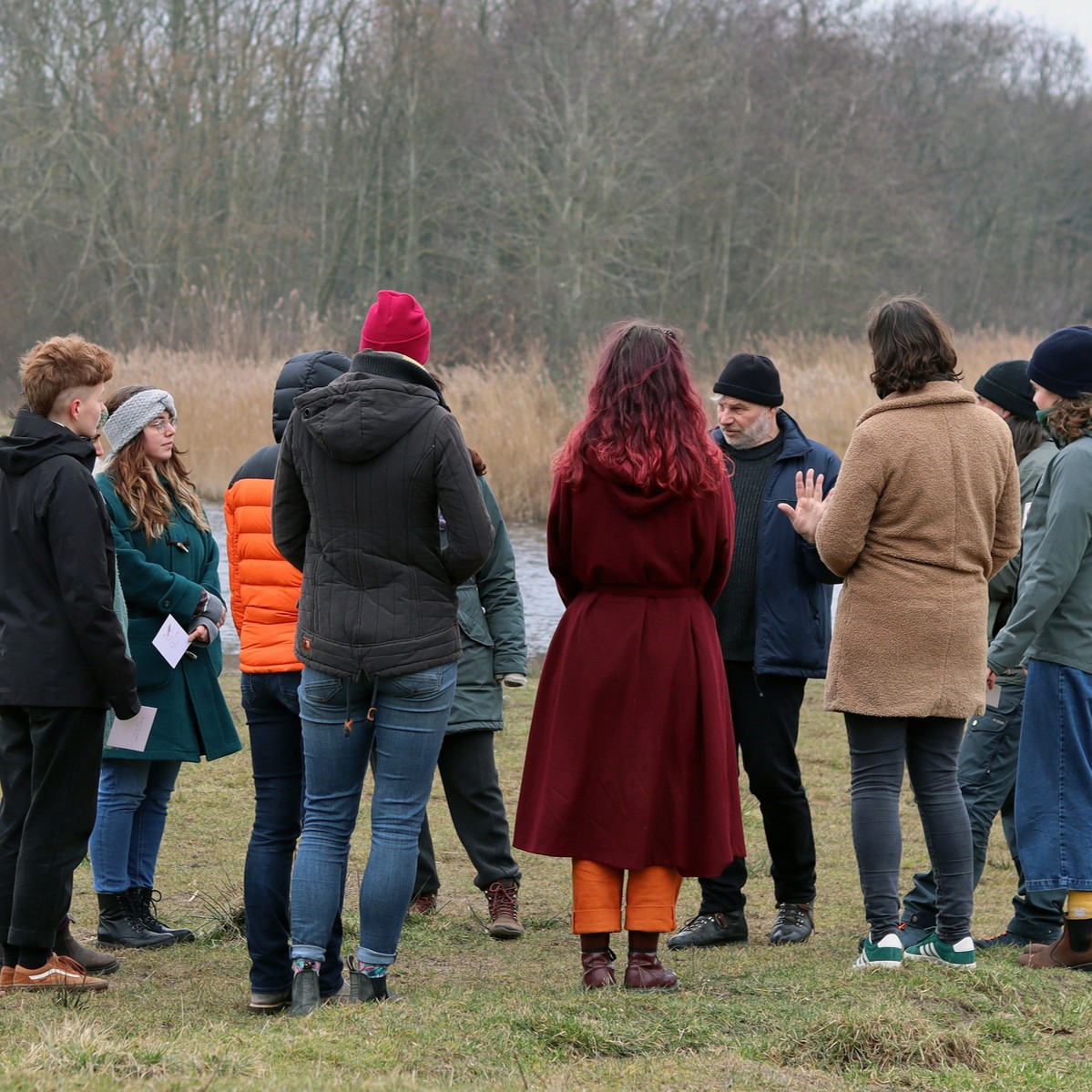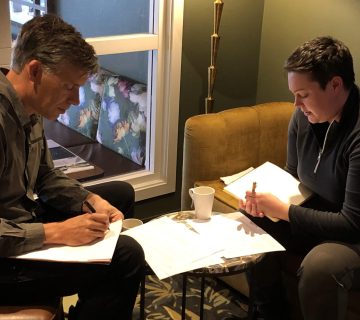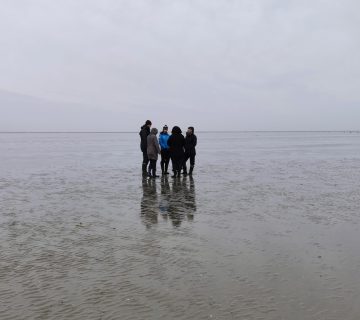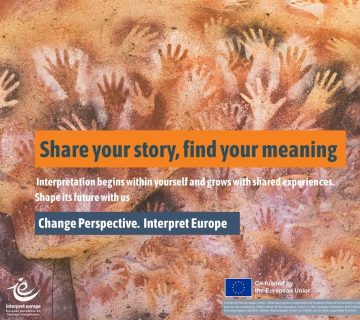On a chilly morning in Den Helder the Netherlands, ten people stand next to a pond with dogs running between them. A good learning environment?
That’s how the IE Certified Interpretive Planner (CIP) course I joined started. The pond we were standing next to was our heritage for that week. The main phenomenon for us to learn the interpretive planning method. The first day was focused on getting to know each other, getting to know ourselves better and on learning the first things about interpretive planning.
The pond as our phenomenon
Our heritage that week was a small pond in the Mariëndal park. Most of the week we were working in our group to explore the area around the pond, talk to stakeholders, do some background research on the history of the pond, learning about how to come to good themes and interpretive services and cultivating the needed input for our proposal.
We learned the best ways to interview stakeholders and to learn more about how they use the phenomenon and how it makes them feel. The difference between fact and meaning was something I liked. Especially as my background is in marketing, I found it very exciting to learn more about this. On what people can feel or do when they’re at a heritage site and how interpretive planning can nudge them into actions or give the information in an appropriate and understandable way.
Field research trips
The course also included two fieldtrips to do research on sites. The first one was Fort Kijk Duin. An old fortress in Den Helder which has an exhibition on the fortress. Here we experienced true storytelling and there was also an aquarium. The combination was quite unique, and the main theme was that both exhibitions touched on defense and attack (from the fortress and the animals in the sea). By walking around, we learned more about interpretive services, and about the interpretive tenet of: provoke, relate and reveal. On the last day we went to an old wharf. They restored Helderse Botters to keep the heritage of those vessels alive. The trips allowed us to experience interpretation in real life and gave some useful insights into what works or what doesn’t.
Completing the course after five days
The course was a whole week where we learned the ins and outs on interpretive planning. We worked on our proposal in our groups, and we got to know each other much better. There was a nice energy in the whole group. Both groups discovered and interpreted some interesting phenomena, themes and interpretive services for ‘our’ pond. Because that’s the feeling we got at the end of the week – that we belonged there and took some ownership of the site. The reactions from the stakeholders to our proposals where good, and some of the ideas could actually be implemented. We finished the week with a delicious dinner at the nearby pancake restaurant. Now it’s time to focus on our course homework – the interpretive plan for our own sites, and to demonstrate that we have learned the skills.
Korrie de Boer joined IE at the beginning of 2025 and participated in the Certified Interpretive Planner course in Den Helder in February. Korrie is senior marketer at the WEC in Lauwersoog. This centre is the new home of Sealcentre Pieterburen and opens on April 26. Korrie can be contacted at: korrie.deboer@ontdekwec.nl
To cite this article: De Boer, Korrie (2025) ‘Learning the interpretive planning method at a pond‘ in Interpret Europe Newsletter 1-2025, pg. 14.
Available online: PDF Newsletter Spring 2025




